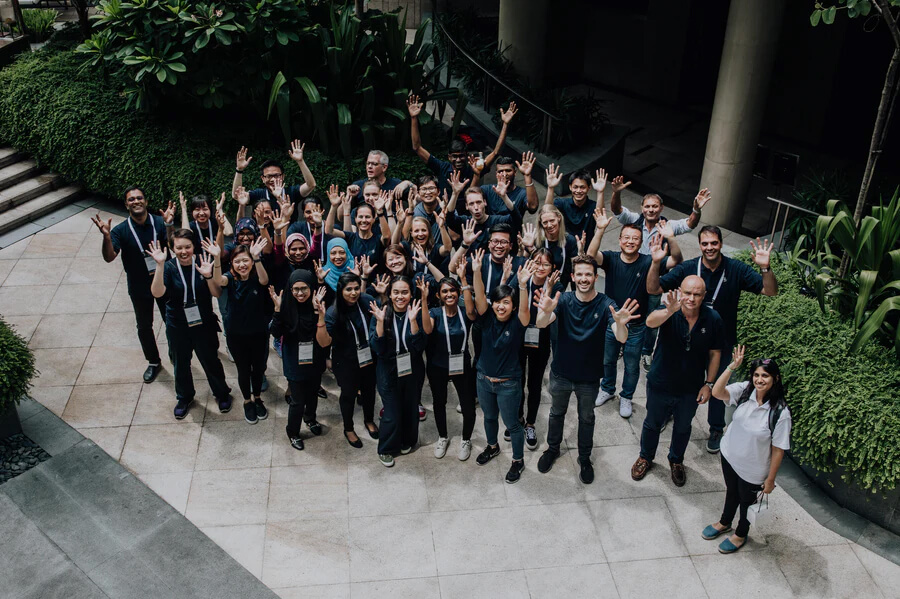Why ask "What if...?"
The question serves as a reminder to always assess the status quo. The question is imaginative, it begs us to envision a better version of what the status quo is. It is about unraveling the laws that define our current systems, challenging them and breaking the rules in order to create a better future of food. It is about starting an important but tough conversation that many are too afraid to admit— that sustainability is no longer enough.
Our logo “WhatIF” and the speech bubble is meant to spark a conversation in each of us and with those around us.
Our story also started with asking ourselves "What if".
We were looking at the way the industry produced instant noodles - a hearty, familial convenience food that is consumed in billions of portions every year. We were surprised at how unhealthy they are. On top of being deep fried, they are high in refined carbohydrates and contain high level of MSG and other artificial Flavorings. That is billions of portions of instant noodles with poor nutritional values consumed every year. And so, we asked ourselves: What if?
First, it was: "What if we could find a way to make instant noodles healthy?" Then, the question became: "What if eating noodles were healthy and good for the planet?" That is still not good enough. We asked ourselves again: "What if noodles could do all of these things, and uplift farming communities?”
At every step of our journey, asking ourselves what if has led us to a better vision of what the future of food could be. And so, by asking what if at every corner, not only are our instant noodles today healthier for you, they are also good for the planet, and they uplift farming communities.
And it wouldn’t be the last time we ask ourselves this question.
Asking "what if" ensures that we will always evaluate where we are, only to create a better vision of where we can be. For example, we recently launched our BAMnut Milk, a finalist at MIT’s SOLVE and the Livability challenge, after exploring a plant-based milk that does as little harm to our planet as possible. If you take a liter of our newly launched BAMnut Milk as an example, the total Climate Footprint (carboncloud.com) to put that product on the supermarket shelf is 0.40 kg CO2e per kg. In comparison, a liter of cow’s milk from New Zealand sold in Singapore has a Climate Footprint of 1.90 kg CO2e per kg. By the cup, BAMnut Milk has a footprint of 0.1 kg CO2e per kg, compared to 0.48 kg CO2e in 1 cup of cow’s milk.
We hope to expand this circle of questioning to our consumers as well, and for them to also ask themselves "what if".
This is the reason we have chosen "WhatIF" as our brand name, and the speech bubble as our logo: to have a conversation with you.
What's next?
Read all about the mighty BAMnut and its journey to your kitchen here.
Learn more about the show-stopping nutritional profile of BAMnut here.
Discover how biochar plays an important role in reducing our carbon footprint here.
Find out how we create a Better Better with our partner farming communities here.



